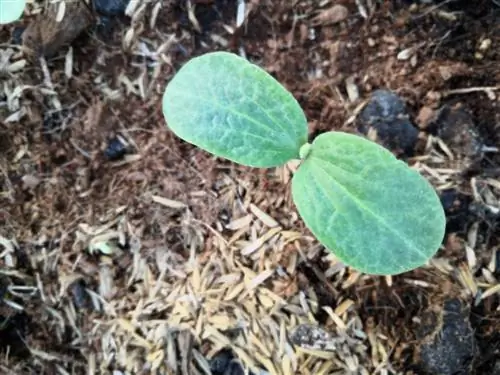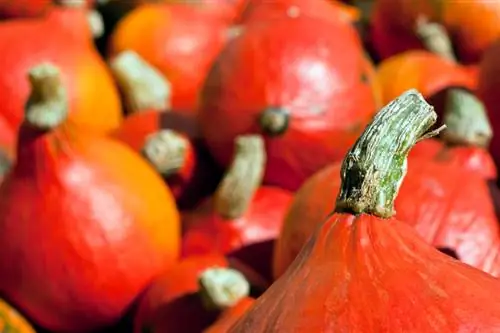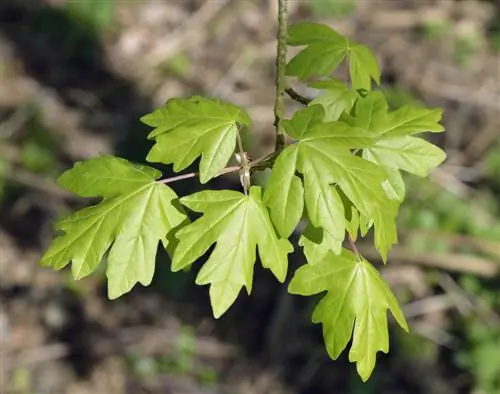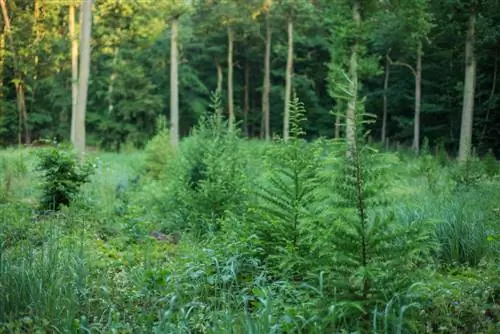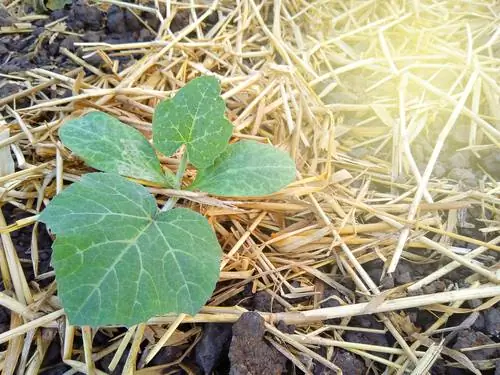- Author admin [email protected].
- Public 2023-12-16 16:46.
- Last modified 2025-01-23 11:21.
The compost offers good growing conditions for pumpkin plants. It is ideal for growing seedlings. However, it is only suitable as a location to a limited extent, which is why the pumpkin should be transplanted quickly.
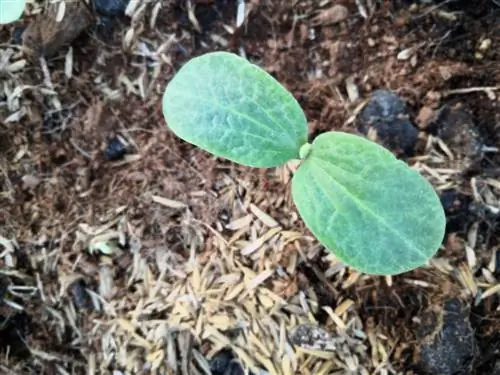
Can you plant a pumpkin in the compost?
A pumpkin should not be planted directly on the compost as it removes important nutrients from the compost and dries out the compost soil. Instead, we recommend planting right next to the compost to benefit from the nutrients.
Site conditions for pumpkin plants
Pumpkin plants prefer nutrient-rich soil and sunny conditions. They thrive on a moist substrate and thrive in compost. Compost in partial shade provides optimal conditions for growing a pumpkin from seed. Transplant the seedlings to another location as quickly as possible. Pumpkins are not suitable for growing in compost. The plants remove valuable nutrients from the compost, so that the substrate is no longer suitable as fertilizer. The high water requirement of pumpkin plants causes the compost soil to dry out.
Pumpkins need:
- a temperature in the substrate between 15 and 21 degrees Celsius
- a location in full sun with more than six hours of sun per day
- sufficient space
A location next to the compost
If you want to take advantage of the site conditions at the compost, pay attention to the lighting conditions. A compost in the shade is not a suitable location because the pumpkin produces smaller fruits here. They need more time to ripen and cannot develop an intense aroma. Powdery mildew spreads on the leaves because the fungus likes the moist microclimate. The more light the location is, the larger the fruits will be. Chayotes, zucchinis and butternuts thrive in partially shaded conditions.
Right next to the compost there are good conditions from which your pumpkin plant benefits. Place the seedlings in the soil immediately next to the compost. The roots use the nutrients that are washed out of the compost with rainwater. Remove roots that form on the vines. This will prevent uncontrolled spread and thus excessive nutrient removal.
Caring for pumpkin plants
Make sure the plants get enough water. Water at the base of the stem so that the leaves are not wetted with water. This will help prevent diseases caused by fungi. If the leaves rest on damp ground, signs of rot may occur. Place a layer of straw (€14.00 on Amazon) or hay on the ground so that the plant can dry well.

